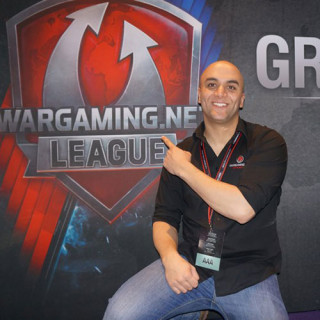When it comes to the growing eSports business, which research firm Newzoo forecasts will grow from $278 million today to over $1 billion by 2019, Wargaming is a growing player. And it’s not from a lack of investment.
Mohamed Fadl, head of global competitive gaming at Wargaming, said at Casual Connect Europe this week that Wargaming has invested $32 million in top level eSports since 2012. The company spent $10 million in its first year, alone.
Wargaming has learned a lot about eSports, and the importance of entertainment value, as it developed its top-tier eSports strategy, as well as its video production capabilities to bring eSports to fans around the world.

“We come from the retail box business, we’re dinosaurs,” said Fadl. “So we adapted to Twitch. Last year we made a lot of changes and World of Tanks has become a bigger audience in the Twitch universe.”
Fadl said the key to Wargaming’s eSports success has come from understanding what is entertaining to its audience. And it’s also about looking beyond short-term profits from ticket sales or merchandising. Wargaming doesn’t charge fans to attend eSports events.
“ESports allows us to connect our brand to the players of tomorrow,” said Fadl. “ESports allows us to connect within a bigger ecosystem.”
Fadl outlined the circular Player Journey which includes and random and single player content, team content, clans, and Wargaming.net League (WGL).
“Our audience moves from single player to multiplayer,” Fadl said. “The average lifetime for our audience is eight months, but the more involved they get in competitive gaming the more money they spend and the more time they stay with the game. We don’t make money with eSports viewership. We monetize through the lifetime value of the player journey. The majority of our players will never get to the WGL, but they invest in this content and socialize around it.”
Last year, Wargaming made big changes in how it invests in eSports. In 2014, 81% of its investment went to partners and 19% went to players. Last year, 48% went to partners and 52% went to players.
This year, the company has $3.5 million in prize money, but that’s just part of the ecosystem funding.

